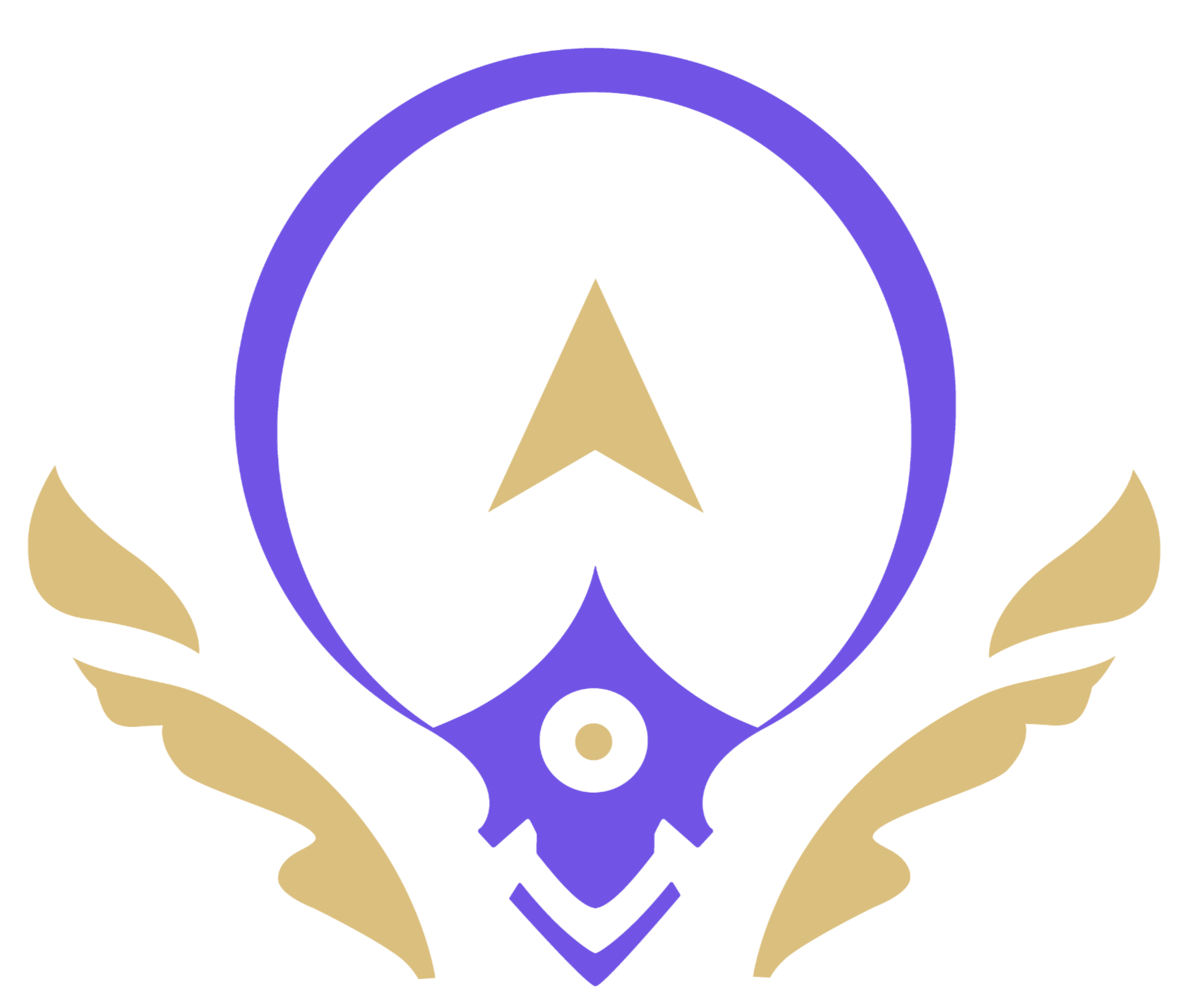Why Creativity Is Your Secret Superpower
- Sean Mathews
- May 14
- 3 min read

When you've suddenly hit a wall, with no clue how to unlock the next level, that’s where creativity comes in. The spark turns “How on earth do I fix this?” into “Aha, I see a path forward.” For entrepreneurs, creative problem-solving isn’t optional; it’s the engine that keeps your business running, evolving, and outpacing everyone else.
The Magic of Seeing Things Differently
Most people see a challenge as a brick wall. Creative thinkers spot a hidden door or imagine building a tunnel. You notice opportunities in the cracks when you train yourself to reframe problems.
Spot unmet needs: Instead of assuming the market is saturated, ask, “What’s missing from these solutions?”
Play with constraints: Try setting odd limits, like “How would I solve this if I only had 10 minutes and zero budget?”
Connect random dots: What can gardening teach you about customer follow-up? Or what can cooking reveal about process optimization? The wilder the associations, the richer the well of ideas.
Quick exercise: Next time you’re stuck, grab a random object from your desk and brainstorm how it could solve your problem. No right or wrong answers here, just letting your mind roam free.
Inside Your Brain: Two Sides Working Together
Psychologists break problem-solving into two modes: analytical and creative. Analytical thinking sorts through data step by step. Creative thinking leaps into unknown territory, trusting intuition and imagination. Both are vital.
Consider this process:
Analytical check-in: Gather facts, list pros and cons, evaluate risks
Creative leap: Close your eyes for 30 seconds and imagine your ideal outcome without worrying about feasibility
Fusion zone: Blend the boldest idea with the most solid facts
That back-and-forth dance builds solutions that are both visionary and practical. You’ll be less likely to get stuck in analysis paralysis or chase wild ideas that never land.
Building Your Creative Muscle
Creativity isn’t a talent reserved for painters or ad copywriters. It’s a skill you can strengthen with the right workouts:
Divergent thinking drills: Set a five-minute timer and list fifty ways to use a paperclip. The goal is quantity, not quality
Cross-pollination sessions: Invite colleagues from different departments to brainstorm together. Fresh perspectives spark fresh ideas
Failure celebrations: When an experiment fizzles, share the lessons learned over coffee. Shifting the culture from “don’t fail” to “learn fast” keeps creativity flowing
Team challenge: Launch a monthly “wild idea” hour where anyone can pitch off-the-wall suggestions. Reward the most imaginative concepts with shout-outs or silly prizes: no pressure to implement, just pure creative fun.
Technology as Your Creative Wingman
We often think technology kills creativity, but the opposite is true when you use it right. By automating repetitive tasks, you clear mental space for big-picture thinking. Imagine:
A chatbot that handles routine customer questions
Automated reports that arrive in your inbox each morning
Workflow automations that push data between your tools seamlessly
Tools like AiAssistant can handle the busywork of drafting standard emails or updating spreadsheets. IntelliLead quietly tracks website visitors and surfaces high-quality prospects for you. With these routines humming in the background, you can sketch out bold new products or reimagine your marketing strategy.
Tip: Start small. Pick one process, such as invoice reminders or lead follow-ups, and see if you can automate it. Even saving ten minutes daily adds hours of extra creative thinking over a month.
Making Creativity Stick
All the brainstorming in the world won’t help if ideas vanish into thin air. Here’s how to lock them in and turn them into action:
Idea inbox: Keep a shared document or digital “idea board” where everyone can drop thoughts anytime
Rapid prototypes: Build quick, low-fidelity versions of your idea: a simple slide deck, a mocked-up web page, or a sketched flowchart
Mini-experiments: Test a single feature with five customers. Gather feedback. Iterate. Repeat
This cycle of “capture, prototype, test” turns creativity into real-world solutions. Suddenly, your team sees that creative thinking leads to measurable progress, and they’ll be hungry for more.
Wrapping It Up with a Healthy Dose of Courage
Creativity demands a little bravery. It asks you to step outside your comfort zone, risk being wrong, and embrace the unknown. When entrepreneurs bring their full creative power to problem-solving, they unlock growth, resilience, and competitive advantage, which few others can match.
Tomorrow, when your inbox pings and your to-do list glares at you, remember: you’ve got a secret weapon. Give your creative side some room to breathe. Automate the routine. Invite diverse voices to the table. Celebrate smart failures. Watch as fresh ideas propel your business into exciting new territory.
Here’s to making work feel less like a grind and more like a playground for possibility. Enjoy the ride.




Comments